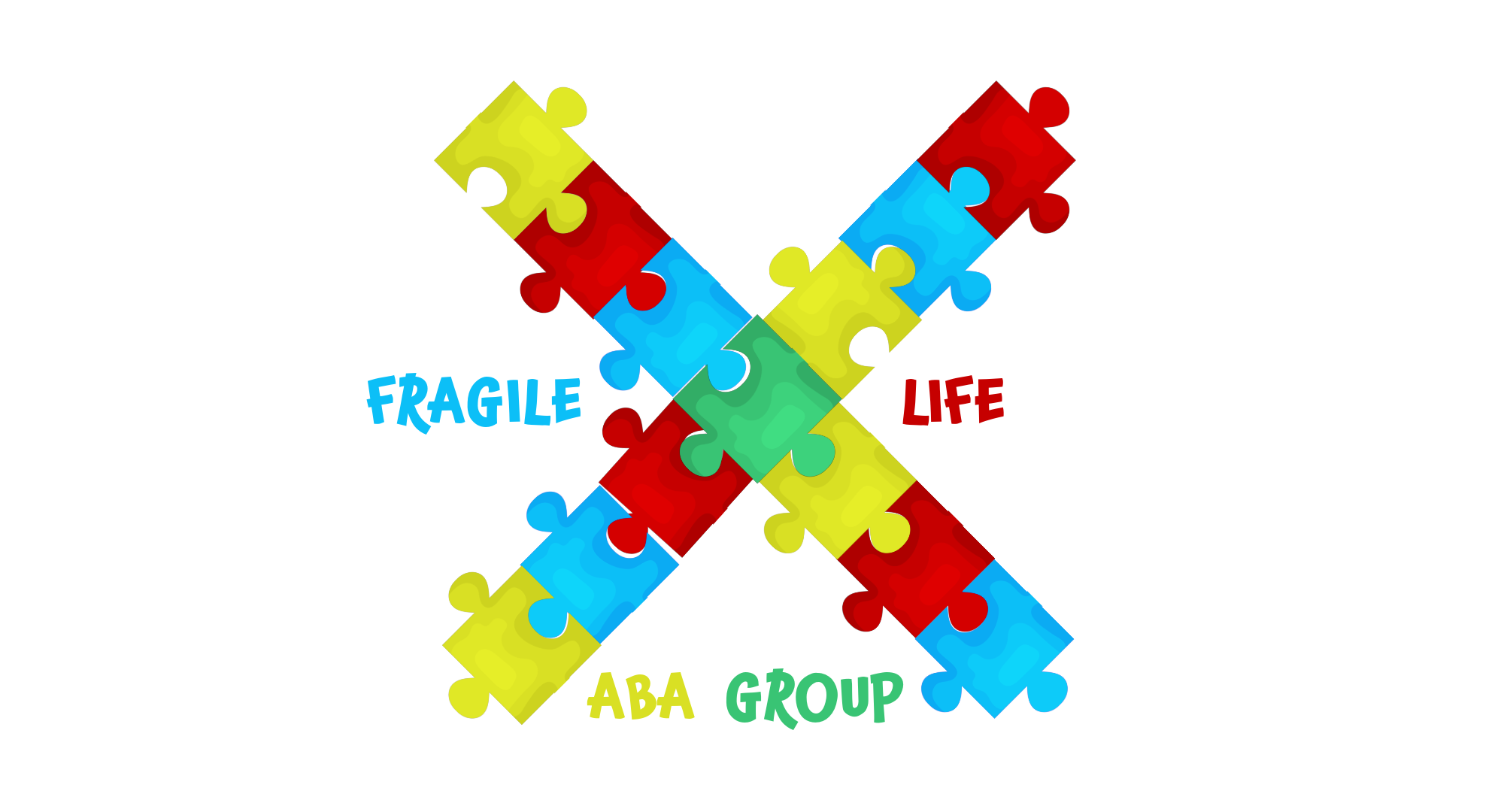ABA therapy can be life-changing for children with developmental or behavioral challenges. But it’s not just the child in therapy who is affected—siblings often experience the changes, too. They may feel confused, left out, or unsure about what’s happening during sessions. At Fragile X Life, we know that supporting the whole family is key to successful outcomes. Here are some tips to help siblings understand and engage positively with ABA therapy.
1. Explain Therapy in Simple, Age-Appropriate Terms
Children are naturally curious. Explaining ABA therapy in words they can understand helps reduce confusion and anxiety.
Use simple phrases: “ABA therapy helps your brother learn new skills and understand his feelings.”
Avoid overwhelming them with technical jargon.
Answer questions honestly and calmly, emphasizing that therapy is meant to help, not punish.
2. Include Siblings When Appropriate
Depending on the therapy session and the child’s goals, siblings can be included in small ways.
Encourage participation in practice at home: they can help with skill-building games, reinforcement activities, or role-playing exercises.
Celebrate successes together: when the child meets a goal, recognize the sibling’s support too.
Share progress updates: letting siblings know about milestones helps them feel involved and proud.
3. Normalize Emotions and Provide Support
Siblings may experience a range of emotions—jealousy, frustration, or worry.
Validate feelings: “It’s okay to feel upset sometimes when your brother is in therapy.”
Offer one-on-one attention: schedule special time with each child to prevent feelings of neglect.
Encourage expression: allow them to draw, journal, or talk about how they feel.
4. Teach Them About Differences and Empathy
ABA therapy often focuses on individualized goals. Teaching siblings about diversity and empathy can help foster understanding.
Use storybooks or videos about children with different learning needs.
Encourage positive interactions and gentle guidance when practicing skills at home.
Reinforce that everyone learns differently and at their own pace.
5. Partner With Your ABA Therapist
ABA therapists can provide guidance on how siblings can be involved without disrupting therapy goals.
Ask for tips or suggested activities siblings can do at home.
Schedule occasional joint family sessions if appropriate.
Share concerns about sibling behavior or questions—they are part of the team too!
ABA therapy is most effective when the whole family feels informed and supported. By including siblings in ways that are meaningful, age-appropriate, and positive, families can foster understanding, empathy, and stronger relationships at home.
✨ If you’re looking for guidance on including siblings in therapy or need strategies to support your whole family, contact Fragile X Life ABA Therapy today. Together, we can make therapy a positive experience for everyone.

